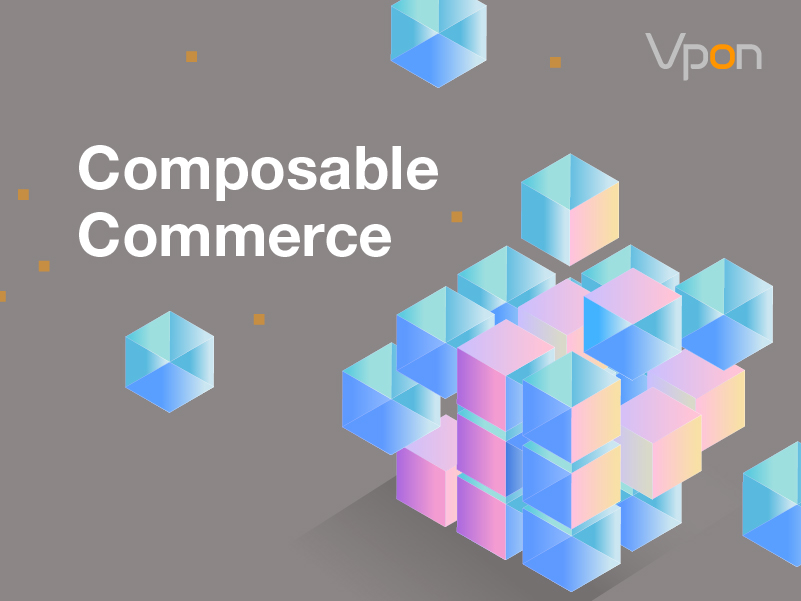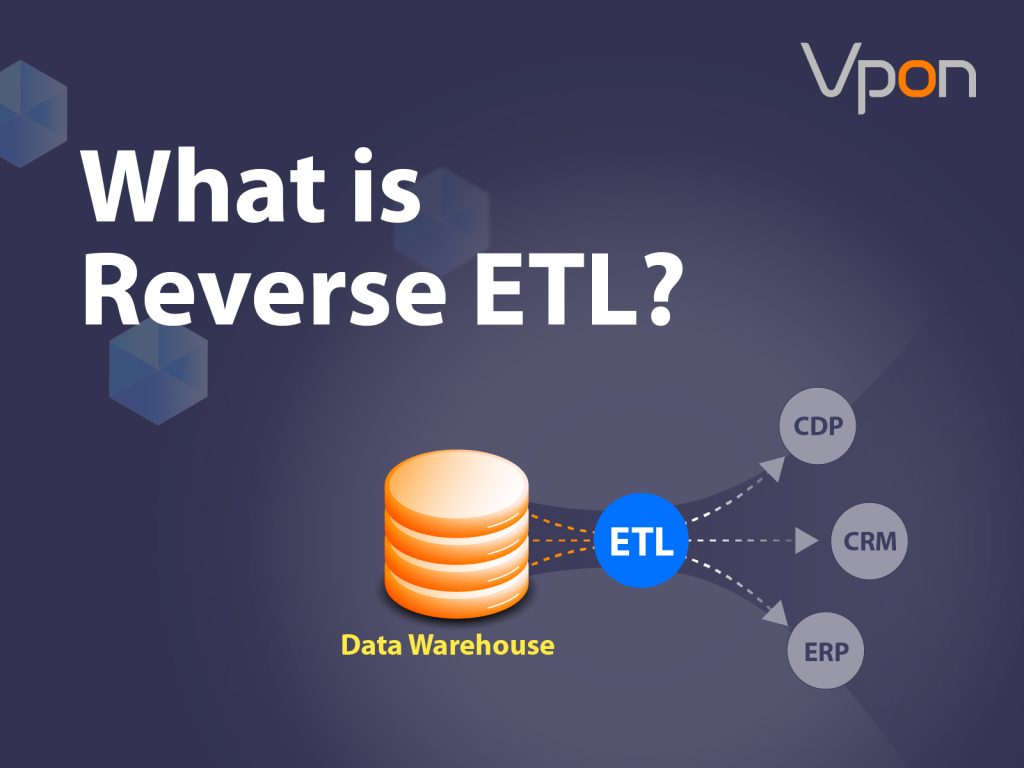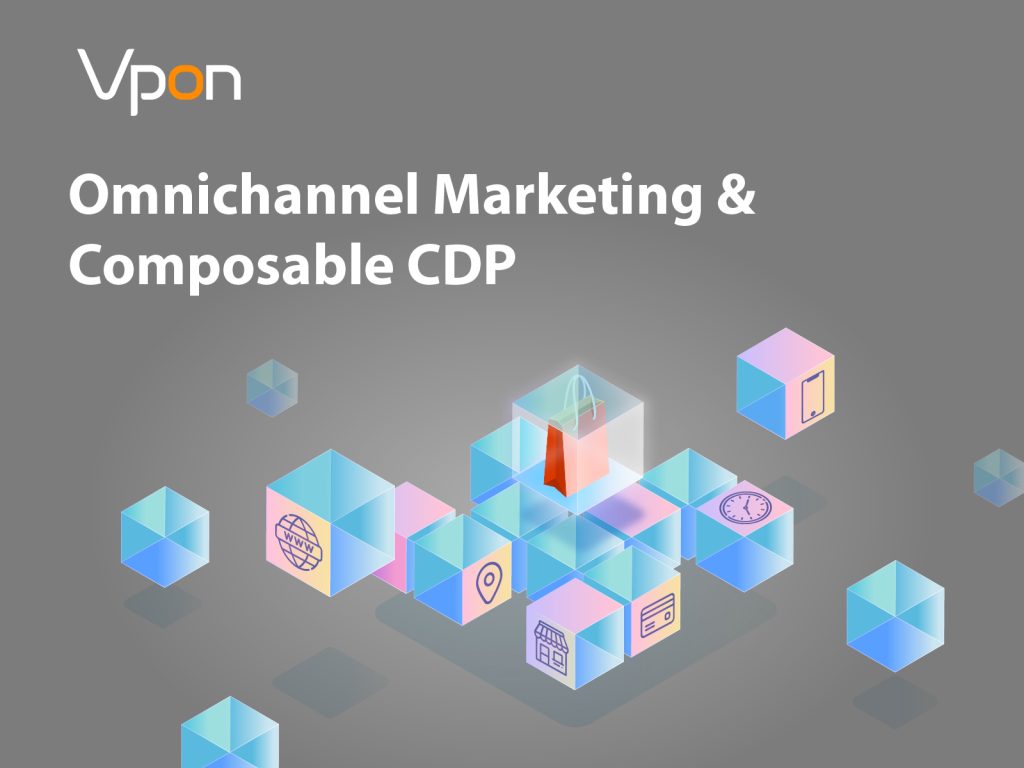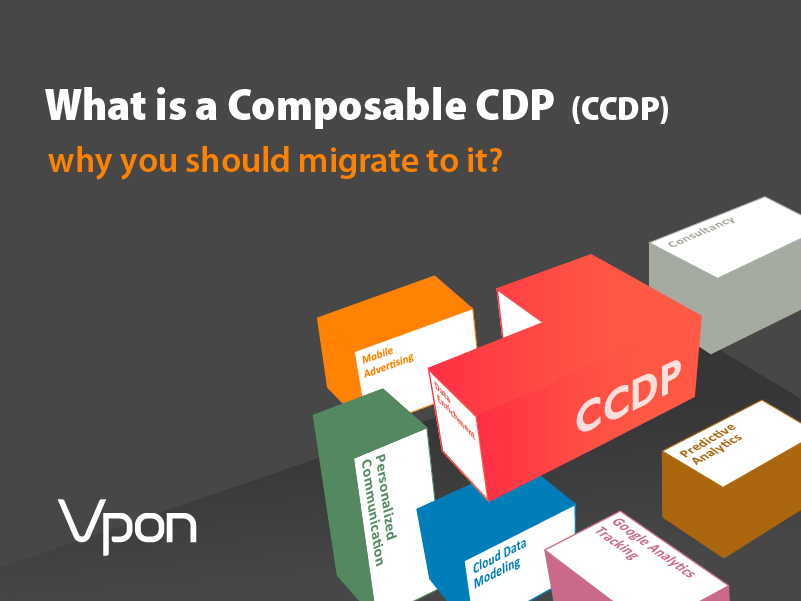In the modern world, businesses aim for speed, innovation, flexibility, and scalability using innovative microservices technology to create a smooth customer experience. But how can companies take a more modular & omnichannel approach to make the best-personalized customer experiences? Today, businesses can use composable commerce based on the MACH architecture to create that customized experience customers are looking for.
So, what is composable commerce? How are companies taking advantage of this approach today? Is it the right strategy for your business? Let’s dive in.
Table of Contents
The Birth of Composable Commerce
Before composable commerce, traditional commerce platforms used an all-in-one bundled solution that was a closed system (discouraged integration) with existing systems, packaged business capabilities (PBC), and other microservices. This inflexibility made it hard for companies who needed a more customizable commerce experience. So businesses needed a new way to gain the flexibility they needed to create that custom experience, which gave birth to the concept of the composable commerce ecosystem.
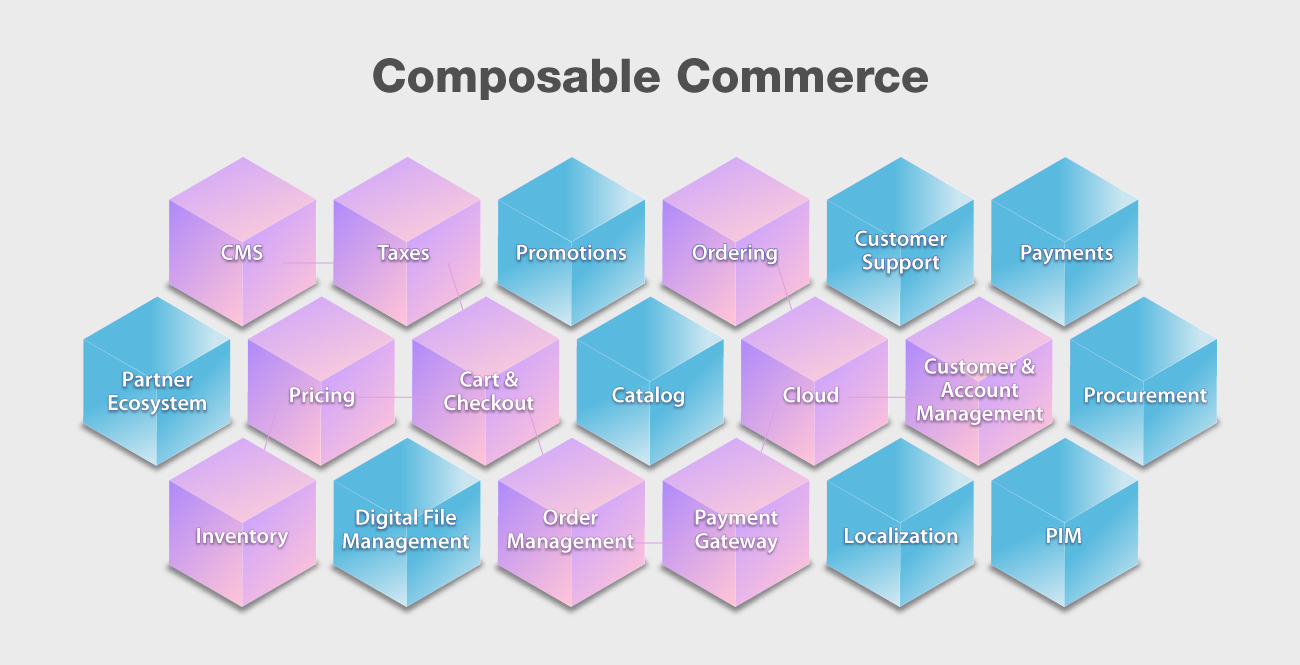
What is a Composable Commerce System?
So, what is a composable commerce system? Composable commerce is an approach to e-commerce that emphasizes flexibility and modularity in the design of the digital commerce platform. It is based off the MACH Architecture, which introduces a framework of principles, patterns, and related technologies, empowering users to address business challenges by creating solutions through the integration of top-tier services and technologies.
The main idea is to break down traditional e-commerce platforms into smaller, independent components. These Packaged Business Capabilities (PBCs) can include features like shopping carts, checkout processes, promotions, etc. Using a composable commerce approach, companies can choose and combine the components based on their specific needs, creating more flexibility and customization.
This approach helps businesses gain more control over the functionality and performance of the applications without the limitations of out-of-the-box systems. Building an engaging commerce environment is vital for modern companies. Customers want something flexible and tailored to suit their needs.
A composable commerce ecosystem allows businesses to use and develop only the features and functionality necessary for the business. Applications are often leaner, faster, and more flexible for the company, which ultimately helps to deliver a far superior experience. A composable commerce approach lets you seamlessly combine the best components, from content management to payment processing.
With customer demands continuously evolving and the need for digital transformation more critical and necessary than ever, composable commerce gives businesses greater control over how their e-commerce application is delivered. The new approach makes it easy to manage e-commerce experiences across channels while setting yourself up for success with a future-proof application.
When & Why Businesses Choose Composable Commerce?
By this point, you might be wondering if composable commerce is the right choice for your business. Many businesses use a traditional commerce system and rely on one monolith application to power their business. For example, they use the same company to power their web server, a payment system, and manage order shipping. The issue is that this can limit their flexibility, making it harder to tailor the system to suit their business.
Composable commerce systems aim to solve this problem by reducing friction in the system architecture. You can select Packaged Business Capabilities specifically suited to fit your business needs. Each one handles a different aspect of the e-commerce approach. For example, you can have one to manage the checkout experience and another one to help you create promotions. These are then combined into a custom-made application, allowing you to access the best of all worlds.
In their 2020 report “Composable Commerce Must Be Adopted for the Future of Applications“, Gartner introduced the concept that composable commerce would become mainstream.
Also, a March 2023 survey from Elastic Path found that 72% of US retailers were already using it in at least some manner, and another 21% were planning to adopt it within the next year. It all shows that composable commerce is going mainstream.
Characteristics of a Composable Commerce System
Composable commerce refers to a strategy where businesses build and manage their digital commerce infrastructure by composing and integrating modular, best-of-breed services and technologies. Instead of relying on an all-in-one platform, businesses can select the most suitable tools for areas such as content management, order management, and customer relationship management.
Creating a composable commerce system will require a few key traits. These can be remembered through the MACH mnemonic.
Here is what these traits stand for:
Microservices.
Businesses can select the right mix of Packaged Business Capabilities(PBCs) to suit their needs. Each one can plug and play into the system, creating a tailor-made experience.
API-First.
You’ll be able to use an API to tie all the components together. This will allow your system to remain technology-agnostic. Ensuring that there are no limits to the type of components that you can incorporate.
Cloud-Native.
This provides two key advantages. First, all the data can move around easily. Flowing from the commerce system to your CCDP. Secondly, it’ll allow you to get superior scalability, making your business’s growth easier.
Headless.
You should keep the front end and the back end separated. Making it easy to make changes to the customer interface. Or upgrade data usage in the back-end.
Advantages For Businesses Adopting Composable Commerce
There are plenty of reasons a business should consider adopting composable commerce. Let’s look at some of the most significant benefits you can expect to unlock.
Customization
Businesses can create customer experience based on specific needs and preferences. This customization extends to different touchpoints in the business, allowing for unique and personalized customer interactions.
Flexibility
Composable commerce allows businesses to break down their commerce ecosystem into smaller and modular components, allowing companies flexibility to adapt quickly to changing market conditions and customer demands.
Simplified management
Using different modules helps streamline the management and maintenance of the overall system. Composable commerce allows businesses to integrate the best solution for each function, resulting in a more efficient and easy-to-manage system.
Scalability
As the business scales, you can incorporate or remove modules as your company expands, avoiding costly updates of the entire system.
Cost reduction
Businesses can optimize costs by investing in specific components as needed. This eliminates the need for significant upfront investments and reduces Total Cost of Ownership (TCO).
Advanced analytics
Data collected from separate modules allows businesses to continuously optimize strategy by analyzing performance metrics, customer feedback, and market trends.
Challenges Of Integrating a Composable Commerce System
While there are plenty of benefits of composable commerce, integrating this type of system has its hurdles to overcome:
Managing multiple components. Composable commerce places you in the driver’s seat. You’ll be able to use multiple components. The downside is that you’ll need to manage each Packaged Business Capability individually.
Can Become Excessive. Composable commerce opens up a vast range of tools. It can be tempting to want to use them all. This will leave you overwhelmed. It’s best to choose a handful of Packaged Business Capabilities to integrate.
Insufficient Digital Maturity: The process of breaking down an imagined one-stop platform into different independent small modules and then reassembling them to meet needs is complex. Enterprises need to have sufficient digital maturity and professional teams to be able to accomplish this.
Although some challenges do come with setting up a composable commerce approach, it offers businesses a transformative approach to digital commerce, providing a range of advantages. Its modular architecture allows for unparalleled flexibility and customization, empowering businesses to choose and integrate best-in-breed solutions tailored to their specific needs. This agility not only accelerates innovation with the rapid adoption of new technologies but also enhances scalability, enabling components to grow independently.
The best-of-breed approach ensures optimized performance in each functional area while reduced vendor lock-in and improved time-to-market contribute to a more efficient and adaptable ecosystem. Collaboration within a diverse technology ecosystem, coupled with the ability to swiftly adapt to changing requirements, further positions composable commerce as a cost-efficient and customer-centric solution.
Its headless architecture adds to the flexibility, allowing businesses to experiment with user interfaces without impacting the core commerce functionality. Overall, composable commerce represents a dynamic and future-ready strategy for businesses seeking a competitive edge in the digital marketplace.
This is critical to meet the quickly changing demands of marketing and evolving consumer preferences. With the current rapidly evolving digital landscape, businesses are challenged with the need to create a unified and personalized customer experience through various channels, also known as Omnichannel marketing. Composable commerce serves as the driving force to translate these expectations into allowing brands to transform these expectations into thrilling customer experiences by plugging in the best-of-breed eCommerce components that suit each of these demands. Let’s explore this topic more in the next section.
Conclusion:
How Composable Commerce Drives Omnichannel Marketing and Personalized Experiences
As customer demands for personalized experiences continue to rise, businesses must leverage data-driven marketing strategies. Composable commerce allows companies to integrate various best-of-breed solutions, including Customer Data Platforms (CDPs), to build a customer-centric ecosystem. By integrating Vpon’s first-party data solutions and a Composable CDP, enterprise can collect and consolidate first-party data from multiple touchpoints and create a unified customer view.
The following explains how to use composable commerce and first-party data to create personalized marketing experiences:
Data Collection and Integration:
Composable commerce enables businesses to flexibly choose and integrate different MarTech solutions, including CDPs. By Vpon’s first-party data solutions, companies can collect first-party data from various channels (e.g., websites, apps, and offline stores) and consolidate it into a unified customer profile.
Segmentation and Personalization:
Through the rich first-party and third-party data in Vpon Composable CDP, companies can segment customers into different groups based on their behaviors, preferences, and purchase history. This data-based segmentation allows companies to create personalized marketing campaigns for each customer group and deliver them through preferred channels and messages, enhancing customer experience and conversion rates.
Omnichannel Experience:
Composable commerce emphasizes seamless customer experiences across different channels. And now, Vpon’s first-party data solutions provide companies the chance to identify customers across all touchpoints and provide consistent and personalized experiences, whether customers are browsing websites, using apps, or visiting physical stores.
By integrating composable commerce and Vpon’s first-party data solutions, businesses can build a truly customer-centric ecosystem. By leveraging the power of first-party data, businesses can deliver highly personalized experiences, foster stronger customer relationships, and ultimately drive business growth.
If you’d like to learn more about how Vpon can help you to implement Composable CDP, please feel free to Contact us!
